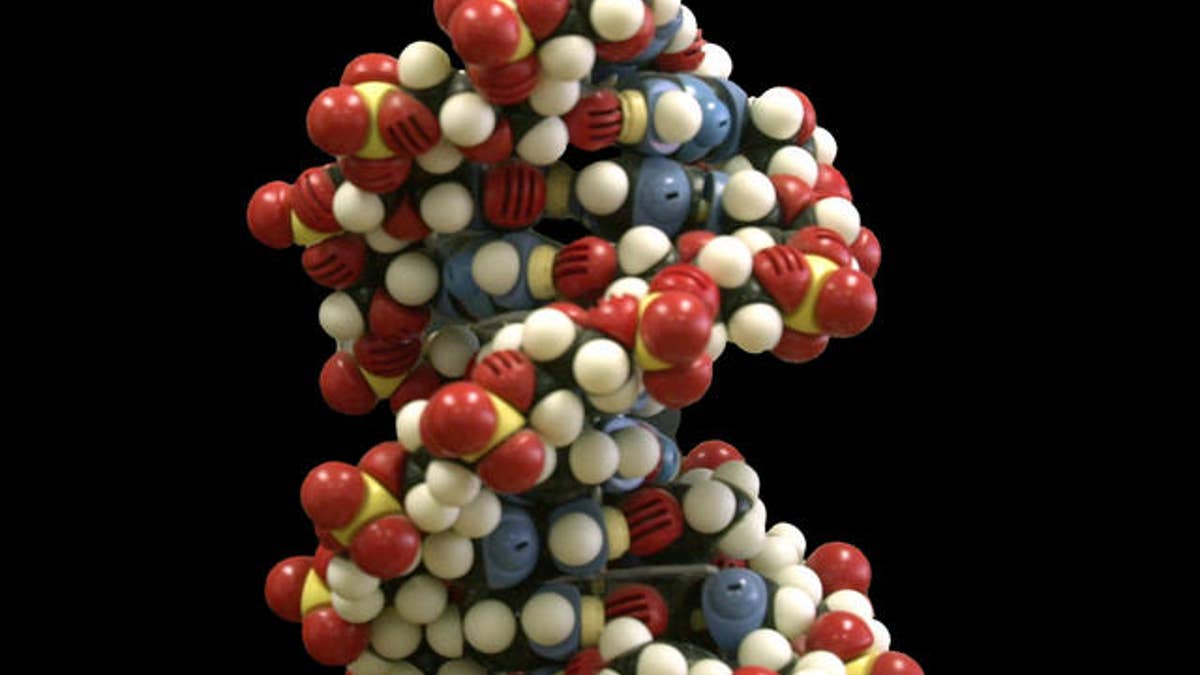
A new technique has enabled scientists to engineer parts of the human genome with extreme precision, a breakthrough which could mean new treatment possibilities for maladies such as cancer, HIV, and inherited genetic disorders.
According to the report, published in Thursday's edition of The Independent in Britain, the technique, known as Crispr, enables the most detailed and specific possible alteration to any part of DNA of the 23 pairs of human chromosomes without introducing unintended mutations or flaws.
"Crispr is absolutely huge. It’s incredibly powerful and it has many applications, from agriculture to potential gene therapy in humans," Craig Mello of the University of Massachusetts Medical School, a 2006 Nobel Prize winner, told the paper.
"It’s one of those things that you have to see to believe. I read the scientific papers like everyone else but when I saw it working in my own lab, my jaw dropped. A total novice in my lab got it to work."
The Independent reports that Crispr could be used to hasten the development of genetically-modified crops and livestock, but many experts are most excited about its possibilities in humans.
Crispr works by using an RNA guide molecule that can be programmed to match any unique DNA sequence in the human genome. The molecule is attached to a special enzyme that cut both strands of the DNA double helix. Once that is done, the copied DNA is inserted into the double helix and defective DNA is deleted.
According to the Independent, some scientists believe the technique could be used to eliminate certain genetic diseases, like Down syndrome or Huntington's Disease, by altering the DNA of an embryo before implanting it in the mother's womb.
“It would be difficult to argue against using it if it can be shown to be as safe, reliable and effective as it appears to be," Dr. Daga Wells, an IVF scientist at Oxford University, told the paper. "Who would condemn a child to terrible suffering and perhaps an early death when a therapy exists, capable of repairing the problem?"